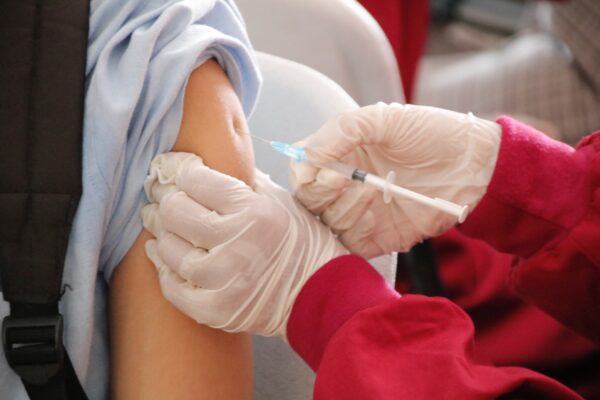
Employee safety is the responsibility of the company. Employers must develop health and safety protocols for their workforce. They should also provide the necessary tools and equipment that will keep their workers safe. Good training is also necessary to ensure a safe office space.
Safety issues are even more critical if there’s a chance a worker could be exposed to bloodborne pathogens. These are microscopic organisms found in the blood that could cause diseases. Two of the most known blood pathogens are the human immunodeficiency virus (HIV) and the hepatitis B virus.
The Occupational Safety and Health Administration (OSHA) requires bloodborne pathogens training for all employees that might be exposed to blood and other body fluids in the course of their work.
Medical professionals, health care workers, nurses, and first responders all have to take this training course. Additionally, hazardous waste disposal employees, housekeeping and janitorial personnel, lab technicians, health volunteers, and tattoo artists should also undergo this training course.
Bloodborne pathogens training should be given to all workers before they start their contracts. It should also be given to all current employees at least once a year.
The training presentation should be conducted by an expert and should be at a level that’s appropriate to the workers’ educational level. The subjects to be discussed can vary based on the type of company and the employees’ jobs. However, the following elements must be included in the training program:
Identifying the Different Bloodborne Diseases
Human blood can cause hepatitis B, hepatitis C, and HIV/AIDS. It can also brucellosis, malaria, and syphilis. There are more than 20 bloodborne pathogens (BBPs). Employees should learn what these are and how to identify them based on their symptoms.
Ways Bloodborne Pathogens are Transferred
Employees should be taught the various ways BBPs can be transmitted. The most common methods are:
● Direct contact: Transmission happens when an infected person’s blood or body fluids come into contact with a cut or break in another individual’s skin. For example, a first responder gets the patient’s blood on their hands.
● Indirect contact: An object with contaminated blood or body fluids is used by another person. Sharing needles or a toothbrush can cause indirect transmission.
● Airborne transmission: When an infected person sneezes or coughs, droplets will be sprayed out. These could enter someone’s eyes or mouth.
OSHA Standard Requirements
OSHA has detailed Bloodborne Pathogens Standards that companies must learn, understand, and comply with. The extensive policy discusses terms and definitions, exposure control, compliance methods, post-exposure evaluation, recordkeeping, and hazards to workers.
Company’s Exposure Control Plan
Healthcare-oriented companies must develop an Exposure Control Plan. The policies and protocols detailed in the plan must be discussed with all employees. The Exposure Plan will typically include the following:
● List of jobs or tasks where employees might be exposed to blood or other potentially infectious material (OPIM).
● Description of how the company will apply and implement Standard Precautions. It will also enumerate engineering and work practice controls. It also details housekeeping procedures and personal protective equipment (PPE) protocols.
● Process for hepatitis B vaccinations and post-exposure assessment and follow-ups.
● Explanation of how hazards will be communicated to the workforce.
● List procedures for assessing an exposure situation.
Differentiate Occupational Exposure from Exposure Incident
The employee should learn the differences and how it applies to BBP standards. Occupational exposure is when the employee’s job involves being near or handling blood or OPIM. Meanwhile, an exposure incident is when something happens during the course of the job that could result in bloodborne infections.
Demonstrate the Proper Use of PPE
Employees should know the various PPE and when, where, and how to use them. Gloves, face masks, face shields, googles, lab coats or gowns, and resuscitation mouthpieces are some of the commonly used PPEs.
Employees should be trained on the proper procedure for putting on and taking off PPE. They should also be trained on how to decontaminate it or dispose of it properly.
Discuss the Company’s Vaccination Program
Companies are required to offer hepatitis B vaccinations to all workers with occupational exposure. They should also learn the benefits and effectiveness of the vaccine. How safe it is and how it will be given will also be discussed. Employees who decide against getting the hepatitis B vaccine must sign a declination form.
Bloodborne pathogens training is a vital part of a safe and healthy workplace. Companies can devise and implement their own training program or leave it to the experts. Regardless of who conducts the training, all employees have to undergo it and use what they learned going forward.
